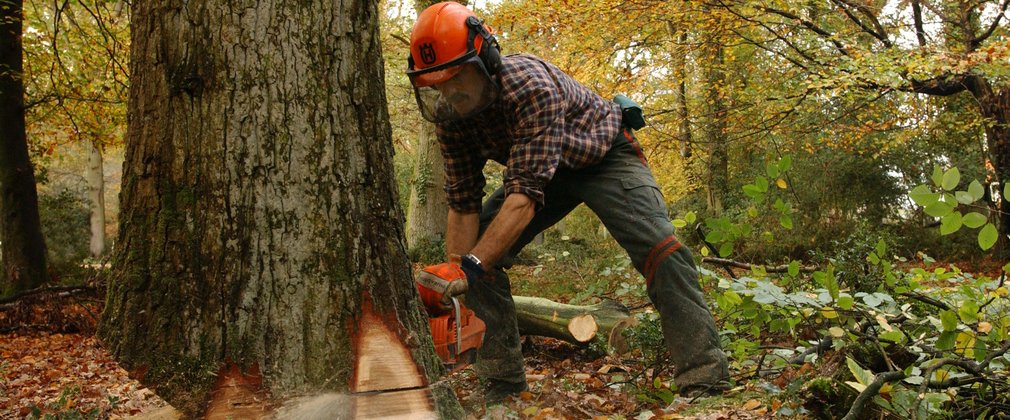Forestry operations at Cardinham Woods
Cardinham Woods is a working woodland producing sustainable timber. We are working here during autumn and winter 2025. This page provides more information about the work we're doing.
What is happening?
We are thinning trees in the Hurstock and Tawnamoor areas of the forest. Cardinham Woods is classified as a Plantation on Ancient Woodland Site (PAWS) which means that we are managing it back to the way it would have been several hundred years ago. This process will take many years.
At this time, we are removing selected conifer and broadleaf trees to give the remaining trees more space to grow to their potential, and let more light onto the forest floor. This improves the habitat for ground flora and the wildlife it supports.
Because Cardinham Woods is PAWS, we won’t replant conifers in this area. We will manage the site to help native broadleaf species such as oak and birch to regenerate naturally.
Can I still visit Cardinham Woods?
The most important thing for Forestry England is to keep the public, our staff, and contractors safe. Cardinham Woods is open for you to visit but some trails are diverted and others are closed. The toilets, cafe, and play area are fully open as usual.
We never take the decision to close a trail lightly. On this occasion, the disruption is essential to allow us to work safely. Please follow all signs and instructions at all times. These are for your safety, whether or not you can see or hear us working. This will help us to finish working as quickly as possible.
| WALKING TRAILS | Status |
|---|---|
| Callywith Wood Walk | Open |
| Stick Man activity trail | Partially open |
| Lidcutt Loop | Open with diversion |
| Lady Vale Walk | Open with diversion |
| Deviock Walk | Open with diversion |
| Wheal Glynn Walk | Open with diversion |
| CYCLING TRAILS | Status |
|---|---|
| Bodmin Beast | Open |
| Dialled-in-Dave | Open |
| Hell's Teeth | Open |
What about the wildlife?
Well managed forests support more wildlife, and harvesting trees is an important part of a sustainable forest lifecycle. Before we start any forestry work, we carry out thorough ecological surveys to check for species such as birds, mammals, rodents, invertebrates, flora, and fungi. For example, Cardinham Woods is home to dormice, bats, many species of birds, and several rare spiders.
We consider these findings against complex factors including tree health, how the ground slopes, soil condition, and likely rainfall when planning work that will support our long-term management plan. While working, we continue to check for wildlife and will adapt, pause or suspend work if we find any animal that must be protected.
Where can I find out more?
You can read our full management plan for Cardinham Woods in the Cardinham Forest Plan. If you have any questions about our work in the Forest, please contact us via cardinham.rangers@forestryengland.uk.

